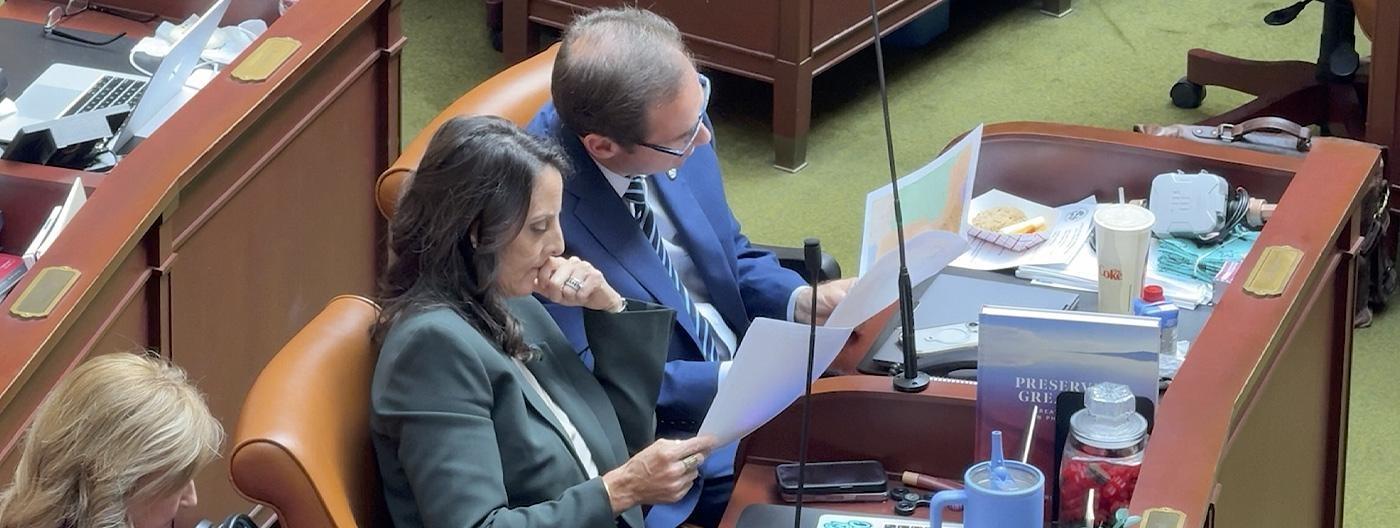The Road to Redistricting
The controversy dates back to 2018, when Utah voters passed Proposition 4, a ballot initiative that created an independent redistricting commission and established guidelines for drawing fair congressional and legislative districts. However, the state legislature later modified Prop 4 with substitute legislation, prompting a lawsuit from advocacy groups including the League of Women Voters of Utah and Mormon Women for Ethical Government.
In August of this year, Third District Court Judge Dianna Gibson reinstated Prop 4 and invalidated the congressional maps drawn by lawmakers in 2021. Her ruling required the legislature to submit new boundaries under a tight timeline to ensure they are in place for the 2026 midterm elections.
Legislative Action
In order to comply with the court order, the Legislature established a 10-member Utah Redistricting Committee with equal representation from the Utah Senate and the Utah House of Representatives. The committee held a series of public hearings and presented five potential maps. The two lone Democrats, Senate Minority Leader Luz Escamilla (D-Salt Lake City) and Rep. Doug Owens (D-Millcreek), on the committee presented a sixth map. Lawmakers ultimately selected “Map C”, which will now be submitted to the court. Plaintiffs also submitted two proposed maps for Judge Gibson’s consideration.
Katharine Biele, president of the League of Women Voters of Utah and one of the plaintiffs in the case, criticized the Legislature’s response.
“The most disappointing thing about this is that they continue to whine that they haven’t had enough time,” she said. “Instead of just sucking it up…and actually doing what the people of Utah want, and that is fair maps.
Republican lawmakers maintain that “Map C” meets the criteria outlined in Prop 4.
“I do believe that the committee did their work,” said Sen. Scott Sandall (R-Tremonton), co-chair of the Utah Redistricting Committee. “I think the Legislature passed a map that is compliant with what the judge asked.”
Democrats, however, argue that the new map unfairly favors Republicans and fails to create competitive districts.
“None of the five maps that the expert retained by the committee [created] showed a competitive district,” said Rep. Doug Owens.
In addition to approving the new map, lawmakers passed a companion bill, codifying three tests that can be used to evaluate the fairness of political maps. They include the partisan bias, ensemble analysis, and mean-median difference tests.
Rep. Candice Pierucci (R-Riverton), co-chair of the Redistricting Committee, emphasized the need for the tests.
“I think it’s important to have an objective standard to look at and evaluate maps,” she said. “Because if not, we’re always going to be ping-ponging in the courts.”
But critics believe the tests didn’t need to be codified into law, and instead pointed to nearly a dozen other statistical tests that they believe would more fairly evaluate Utah’s maps.
“The best available data and scientific and statistical methods were not applied on this map that just passed,” said Sen. Escamilla.
What Comes Next
Republican lawmakers have vowed to continue fighting the lawsuit, potentially taking the case to the U.S. Supreme Court. The bill passed by the legislature approving the new boundaries contained language that preserves the 2021 map in state statute. If an appeal successfully overturns the lower court’s ruling at some point, those previous boundaries will be reinstated.
The plaintiffs also intend to fight the set of fairness standards established by the Legislature. As reported by our sister station, KUER, a complaint filed in state court in the hours after the bill passed and was signed into law by Gov. Spencer Cox describes the new law as “a wolf in sheep’s clothing” and an effort to “change the rules of the game and impair the core reforms of Proposition 4”.
Attorneys for the Legislature and the plaintiffs will be back in court on Oct. 23 and 24. That’s when they will make the case for the various maps submitted to the court by their clients. Judge Gibson will ultimately decide which map the state will use for future elections. She has committed to make that selection by Nov. 10, a deadline Lt. Gov Deidre Henderson (R-Utah) said was necessary in order to be used in the 2026 midterms.
.jpg)




